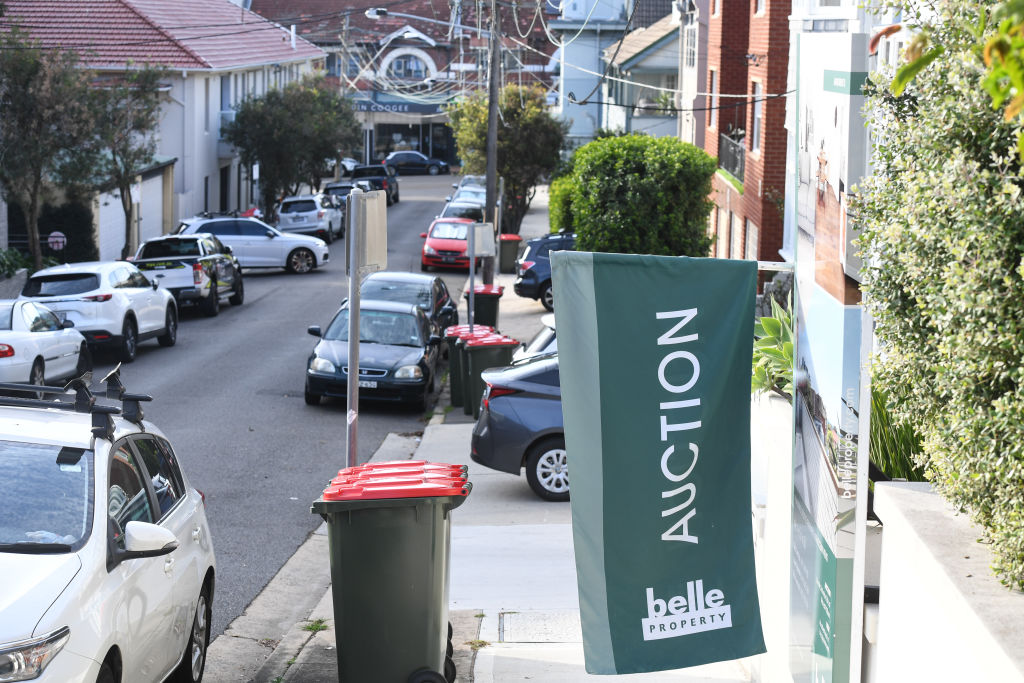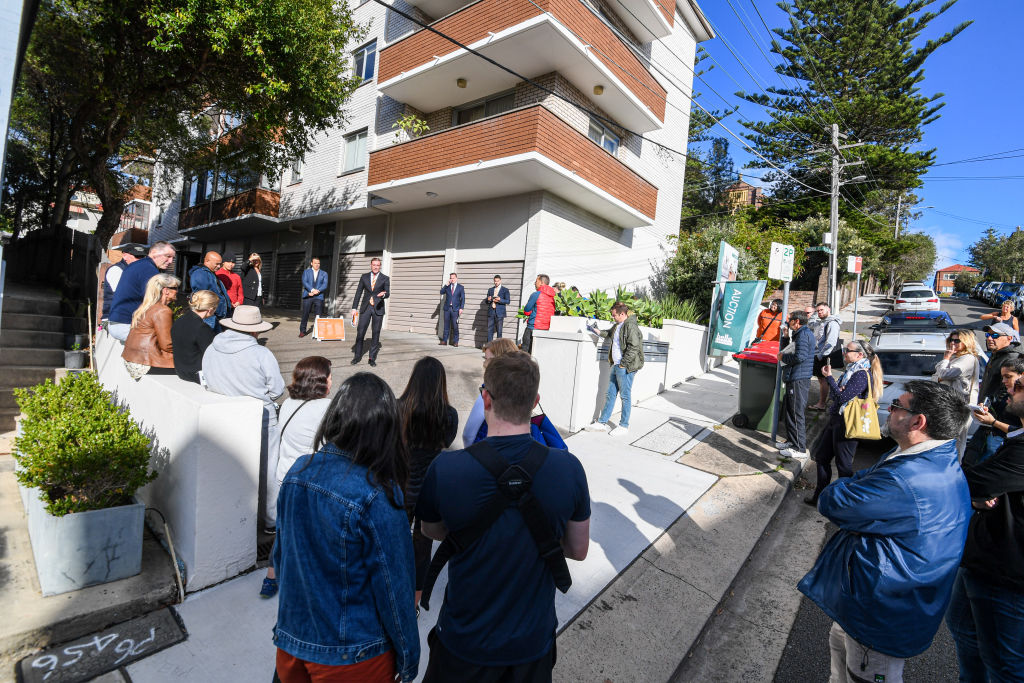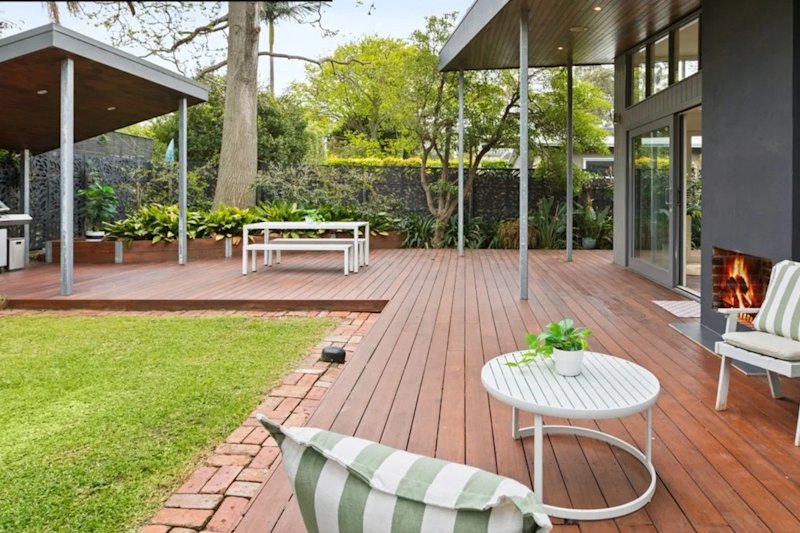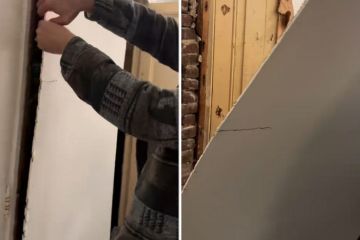Australian house prices could rise 10 times as fast as wages in 2021

House prices could rise more than 10 times faster than wages this year, with a top economist warning that the improving jobs market will make little difference to modest income earners trying to save a house deposit.
And experts warn that government grants to home buyers and tax incentives for investors will only make it harder for some to buy a home.
The odds are stacked against lawmakers’ attempts to improve the cost of housing, with the millions of home-owning households – who do not wish to see the value of their asset fall – dwarfing the roughly 100,000 first-home buyers every year.
Australia’s job market has improved since the depths of the pandemic recession, with the unemployment rate dropping 0.2 percentage points to 5.5 per cent in April, on ABS figures released last week.
Wages edged up 0.6 per cent in the March quarter, tracking at an annual growth rate of 1.5 per cent.
But with house prices growing more than eight times that pace in the same period alone, Shane Oliver, chief economist of AMP Capital, said it does not come close to helping aspirational home owners into the market.
“It hardly makes any difference. House prices are up 8 per cent already this year based on CoreLogic numbers. There’s another 2 per cent coming in May alone,” Dr Oliver said. “As this year settles down, we’re going to see house price growth at 15 or 20 per cent in some cities.”

By year’s end, forecast house price growth could outstrip wages growth by more than 10 times, leaving low- and moderate-income earners worse off.
 Australia’s property boom leaves young Australians put off having children, making the nation poorer
Australia’s property boom leaves young Australians put off having children, making the nation poorer How much more will you need to earn to buy a house if prices go up 19 per cent?
How much more will you need to earn to buy a house if prices go up 19 per cent? Home buyers lose confidence in the housing market as prices rise, affordability worsens
Home buyers lose confidence in the housing market as prices rise, affordability worsens Hopeful buyers need to save thousands of dollars to keep their 20 per cent deposit
Hopeful buyers need to save thousands of dollars to keep their 20 per cent deposit
“If you’re in hospitality, food services and accommodation, you might have got an increase, but you’re still on the minimum wage on which most people can’t get in [to property ownership]. It doesn’t really help,’ Dr Oliver said. “Affordability is getting worse.”
This gap between average household income and house price growth has been growing for years.
The average cost of housing in Australia was about 2.5 times the average household disposable income in 1990, the Reserve Bank of Australia found.
Now, housing across Australia costs five times that the Reserve Bank found, with capital cities such as Sydney and Melbourne much higher.
Sydney ranked an unenviable third on the latest Demographia list of cities worldwide with the least affordable housing.
A shift in supply and demand
House prices ran away when governments began to increase demand for housing at the same time as construction slowed down, said Saul Eslake, an independent Tasmania-based economist.
“From the late 1940s until the mid-1970s, government policies generally focused on increasing the supply of housing – either by building a lot of it themselves or encouraging and facilitating the private sector to build a lot of it – and avoided artificially inflating the demand for it,” Mr Eslake said.
“But beginning in a small way with the introduction of the first First Home Buyers’ grant scheme in 1964, and especially from the late 1970s onwards, government policies have moved away from boosting supply (towards constraining it) and towards inflating the demand for housing.”

Since then, incentives that drive demand have only grown thanks to a variety of grants for home owners and favourable tax settings, such as negative gearing and capital gains tax, that encourage taxpayers to invest their money into bricks and mortar, which encouraged the rise of mum and dad investors, economists agreed.
CoreLogic estimates the overall value of residential housing across Australia reached $8.1 trillion at the end of April this year with 53 per cent of household wealth held in this asset class, said Tim Lawless, CoreLogic research director.
“It’s understandable that policymakers would be reluctant to implement policies that could place housing values under downward pressure,” Mr Lawless said.
“A reversal in home values could see households spending less as the wealth effect moved into reverse, weighing on economic growth.”
The political imbalance between home owners and would-be home owners
Beyond the financial implications, the odds are stacked against any politician who wants to make housing more affordable, Mr Eslake noted.
“There are a lot more votes to be had from the 11 million or so people who already own at least one property (to say nothing of the 2 million or more who own at least two) than there are from the people who in any given year have a realistic chance of becoming property owners for the first time,” Mr Eslake said. There are roughly 100,000 first-home buyers a year.
The reality is that there is little political support for such a change, with two out of three Australians living in a home they own or are paying off, Dr Oliver said.

“[As] more people get into the market, the political support [for housing affordability and lower house prices] diminishes. That’s how we find ourselves in this treadmill situation; we’re in a bind.
“When they do get in, their attitudes change. They join the bandwagon and don’t want prices to go down and have a paper loss.”
Last year’s pandemic-induced downturn showed what was at stake when housing prices were in peril, Dr Oliver said
“We had one incentive after another to push the property market back up,” he said.
What next?
Subdued house price growth is needed while wages growth catches up – a difficult scenario to engineer but not out of the question if demand-driven policies were stripped back, economists said.
Unwinding such policies would also provide financial incentives for the private sector, including super funds and large scale investors, to build more affordable homes efficiently, said Ellen Witte, SGS Economics and Planning principal and partner.
“At the moment, it’s driven by investors and speculation, and that balance needs to shift. There is an ongoing incentive for house prices to keep growing a lot,” Ms Witte said.
While Labor’s $10 billion fund dedicated to building more housing in Australia was a “good start”, Ms Witte said even that was outdated as it was based on a model from more than a decade ago.
“It’s paying for the full stock, and there we could come up with more innovative solutions where the government only funds the shortfall gap between what low-income households can pay for and what large scale investors need in returns.”
We recommend
We thought you might like
States
Capital Cities
Capital Cities - Rentals
Popular Areas
Allhomes
More
- © 2025, CoStar Group Inc.







